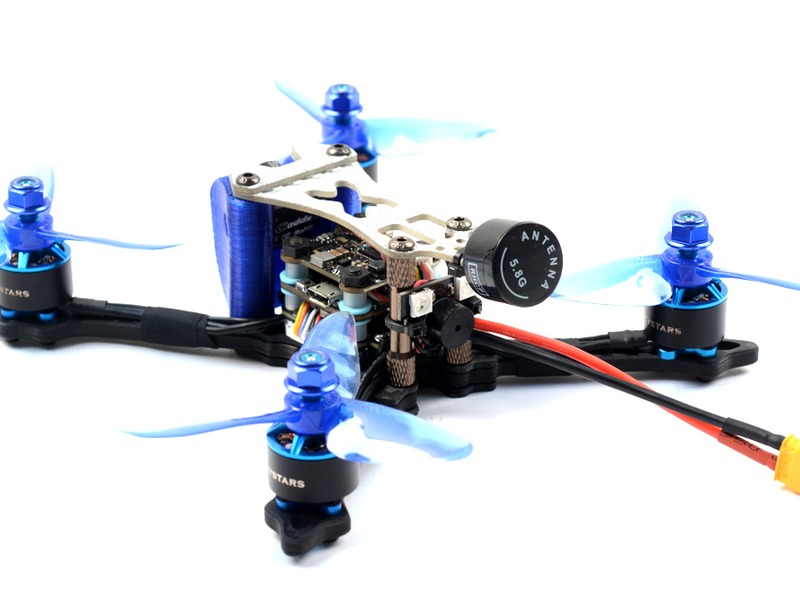Is long range FPV illegal?

The answer to whether long range FPV (First Person View) flying is legal or not depends on the jurisdiction in which it is being practiced. In the United States, the Federal Aviation Administration (FAA) has established rules and regulations that govern the use of unmanned aircrafts, including FPV drones.
In general, the FAA requires that all unmanned aircrafts must be flown within visual line-of-sight of the pilot, which they define as being able to see the aircraft with the unaided eye. This means that the pilot must be able to constantly monitor the aircraft’s altitude, attitude, direction, and location in order to maintain control over it. If the pilot is using FPV technology to fly, they must still be able to maintain this visual line-of-sight, which can be done with visual observers stationed at different locations in order to keep track of the aircraft’s position.
In addition, all unmanned aircrafts must be flown at or below 400 feet in altitude, must not be flown directly over people or moving vehicles, and cannot interfere with any manned aircraft. The FAA also requires that all unmanned aircrafts must be registered with the FAA if they are over. 55 pounds.
Long range FPV flying is not illegal, per se, but it can be difficult to do so safely and legally. As mentioned above, the pilot must be able to maintain visual line-of-sight of the aircraft, which can be difficult when flying at long distances. Additionally, it is illegal to fly directly over people or moving vehicles, which is a risk when flying far away from the pilot. The FAA also requires that all unmanned aircrafts must not interfere with any manned aircraft, so it is important to ensure that the FPV drone is not flying too close to any manned aircrafts.
Overall, long range FPV flying is not illegal, but it must be done in accordance with the FAA’s rules and regulations in order to remain safe and legal. It is important to research and understand the laws and regulations in your area in order to ensure that your FPV flights remain legal and safe.
Comments / Question
2. Do not fly over people or populated areas.
3. Do not fly higher than 400 feet above ground level.
4. Do not fly near airports or airfields.
5. Do not fly near emergency response efforts such as fires.
6. Do not fly near military installations.
7. Do not fly near stadiums or sporting events.
8. Do not fly near public events such as concerts or festivals.
9. Do not fly near power lines or other obstacles.
10. Do not fly in bad weather conditions.

